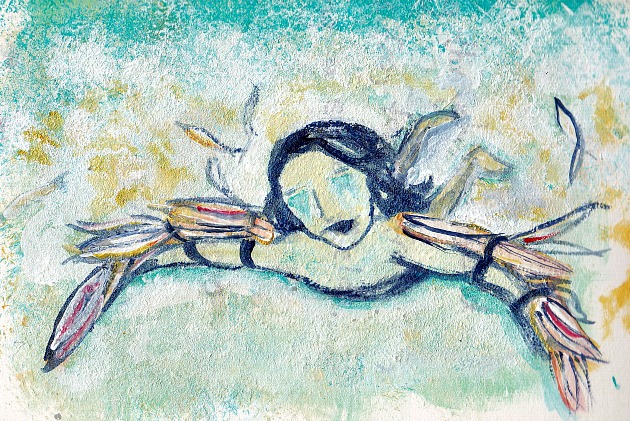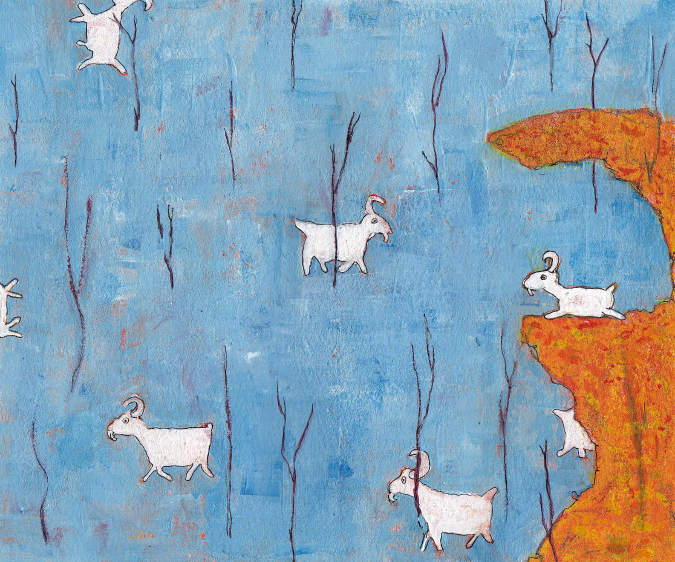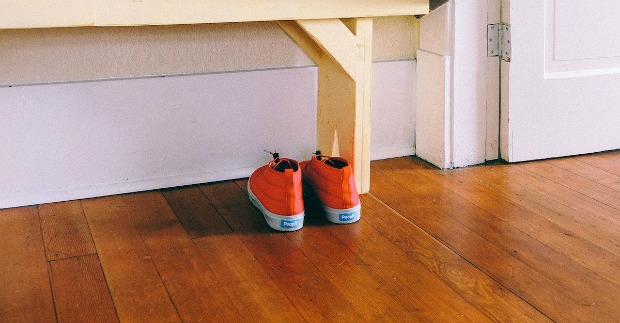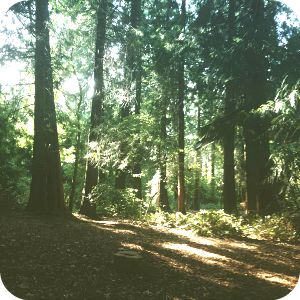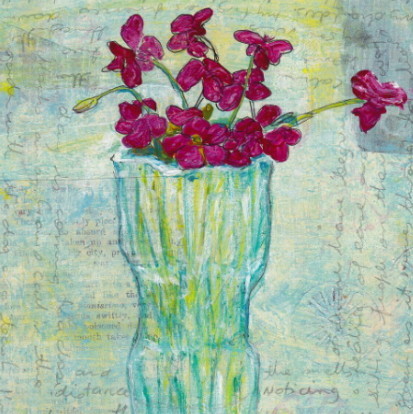I was reading this great discussion between Mary Jaksch and Seth Godin, author of ‘The Icarus Deception’.
At one point, Seth revealed this detail from the story of Icarus: “In the original myth, Icarus was told two things. One, ‘Don’t fly too close to the sun because the wax will melt and you will perish.’ Two, and more importantly, ‘Don’t fly too low. Don’t fly too close to the sea because if you do, the mist in the waves will weigh down your wings and you will surely die.”
That mist metaphor is a striking one, and it got me thinking about the many forms of ‘mist’ that we let weigh down our own wings.
I wondered it aloud, actually, in the comment section. And Mary suggested it might be useful to write a post about that.
So here we are, diving into the misty world of ancient metaphors.
Here’s some things we know about mist, and some ideas for working with them:
Mist Can Soak You Imperceptibly
I used to live in the Blue Mountains, near Sydney, Australia, where some days a heavy mist would roll through, you could go for a walk and get soaked before you realized what was happening.
Similarly, I’ve experienced working away on something and taking a wrong turn, maybe working on a problem nobody wanted a solution to, or misinterpreting what I was asked to do. When this kind of situation goes along unnoticed we can continue flying along, close to the ground, not realizing our wings are soaked in failure.
Dispelling the mist: In this situation some outside feedback can be a great help. We all have blind spots and if we have people close by we can trust to give us feedback, that can be just what we need to keep on track.
Mist Blocks Vision, And Distorts Sound
Years ago, a week after moving into a new house, I found myself driving home from work in the dark, and through a thick mist. Being a little unfamiliar with the area I missed the turnoff from the highway and had to double back and crawl along searching for the right exit.
I’ve been in similar situations when working in new fields or with different groups of people. Sometimes it can be hard to get your bearings
Dispelling the mist: Gathering information before you dive in, and setting a clear intention for what you want to get done can help give you a clear sense of direction as you enter an unfamiliar environment.
Mist Likes To Hang Low
Which makes sense, because there’s weight to it and weight doesn’t like to rise.
There’s the weight we take on through many of our thoughts, too. Thoughts we have that focus on comparing our progress to others, on telling ourselves we’re not capable of success, or that if we succeed this time others will expect it all the time.
Dispelling the mist: As with mist the only way to break through this kind of thinking is to rise up through it. Rather than suppress those kind of thoughts and pretend they don’t exist, success is more likely through acknowledging them, maybe writing them down. Noticing is a great technique to use here.
I find when after writing down all my self doubts I can get a different perspective on the thinking that has been weighing me down. For the first time I’m looking down at the paper with the thoughts laid out in front of me and I have a bird’s eye view, as If I’ve been able to rise above them. Once these doubts have been stopped from swirling in my head they become less compelling.
Mist Is Burned Off By Heat
When the morning sun rises over a valley blanketed in mist, it’s only a matter of time before the air clears.
In the same way, we can apply our own heat, from the energy created by action, when we are slowed down in external mists like; other people’s expectations, or comparisons, or even manipulations. Or internal ‘mists’ like; a need to fit in, lack of curiosity, or anxiety.
Dispelling the mist: When we take action to work through these obstacles the energy generated can burn them off, sometimes with alarming speed.
Have your wings been weighed down in the mist?
I’m realizing as I write this, that I spend more time fighting through the mist than I’d like to admit. That’s the value of Seth’s point in the interview. We’ve all received the message to not be reckless and fly too close to the sun. But the more insidious failure might be to stay low, cloaked in the mist, stuck in that place that won’t allow the thought of flight.
I’m sure this is an incomplete list, and I’d really like to read of your thoughts on this, if you have experience of dealing with the ‘mist’. Please let me know in the comments below.
You should also know that there second installment of Mary Jaksch and Seth Godin’s conversation called How To Become A Successful Writer and it’s a great read!

